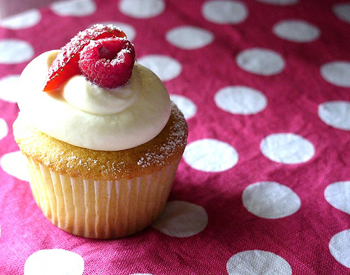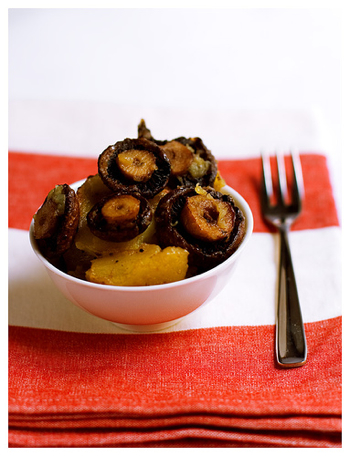Interested in learning about Food Photography? Read on for some tips.
visit any bookshop and head for the cook book section and you’ll be overwhelmed by the array of books filled with scrumptious recipes accompanied by wonderfulphotography of the meals being written about. Colorful stacks of vegetables drizzled with rich sauces on a clean white plate with glistening table settings – you know the shots. Sometimes the photography is almost the true focus of the book with the recipes taking a secondary role. But how do you photograph food and get such great results?
Interested in learning about Food Photography? Read on for some tips.
1. Lighting
Treat the food you’re photographing as you would any other still life subject and ensure that it is well lit. Many of the poor examples of food photography that I’ve come across in the research for this article could have been drastically improved with adequate lighting. One of the best places to photograph food is by a window where there is plenty of natural light – perhaps supported with flash bounced off a ceiling or wall to give more balanced lighting that cuts out the shadows. This daylight helps to keep the food looking much more natural.2. Props
Pay attention not only to the arrangement of the food itself but to the context that you put it in including the plate or bowl and any table settings around it. Don’t clutter the photo with a full table setting but consider one or two extra elements such as a glass, fork, flower or napkin. These elements can often be placed in secondary positions in the foreground or background of your shot.3. Be Quick
Food doesn’t keep it’s appetizing looks for long so as a photographer you’ll need to be well prepared and able to shoot quickly after it’s been cooked before it melts, collapses, wilts and/or changes color. This means being prepared and knowing what you want to achieve before the food arrives. One strategy that some use is to have the shot completely set up with props before the food is ready and then to substitute a stand-in plate to get your exposure right. Then when the food is ready you just switch the stand-in plate with the real thing and you’re ready to start shooting.4. Style it
The way food is set out on the plate is as important as the way you photograph it. Pay attention to the balance of food in a shot (color, shapes etc) and leave a way into the shot (using leading lines and the rule of thirds to help guide your viewer’s eye into the dish). One of the best ways to learn is to get some cook books to see how the pros do it.5. Enhance it
One tip that a photographer gave me last week when I said I was writing this was to have some vegetable oil on hand and to brush it over food to make it glisten in your shots.6. Get Down Low
A mistake that many beginner food photographers make is taking shots that look down on a plate from directly above. While this can work in some circumstances – in most cases you’ll get a more better shot by shooting from down close to plate level (or slightly above it).7. Macro
Really focusing in upon just one part of the dish can be an effective way of highlighting the different elements of it.8. Steam
Having steam rising off your food can give it a ‘just cooked’ feel which some food photographers like. Of course this can be difficult to achieve naturally. I spoke with one food stylist a few years back who told me that they added steam with a number of artificial strategies including microwaving water soaked cotton balls and placing them behind food. This is probably a little advance for most of us – however it was an interesting trick so I thought I’d include it.article from :http://www.digital-photography-school.com/



interesting..thank you...
ReplyDelete